ENCOD BULLETIN ON DRUG POLICIES IN EUROPE
OCTOBER 2012
SLOVENIA’S ARTIFICIAL DRUG WAR
Among EU countries, Slovenia is in third place among EU countries for the number of police officers per inhabitant (after Spain and Greece). According to police statistics, one half of criminal investigations are based on drug related issues – 80% due to cannabis! The majority of users are convicted of trafficking because the Slovenian police, the prosecution and the courts do as they please. This is evident from the police reports that show that up to 30% of cases are persistent offenders. In reality they are just drug users charged with crime instead of misdemeanor.
The average ratio between drug crimes and offences in the EU is between 5-10% crimes (trafficking) and 90-95% offences (possession). In Slovenia the situation is outrageous – the national average is 30% crimes (trafficking) and 70% offences (possession)! But the variations between individual police departments are at least suspicious. The police department in Murska Sobota (the region of Pomurje, NE Slovenia) has the average of 70% crimes (trafficking) and 30% offences (possession)! (graph nr.1)

Graph nr. 1 – Ratio between crimes (blue) and offences (red) per police department 2003-2010 (Source – Ministry for internal affairs – Police)
Alarmingly, the police department in Murska Sobota records the highest rates of crimes related to drugs in Slovenia. The national average is 5 crimes and 9 offences per 1000 inhabitants, whereas the police department in Murska Sobota has an average of 10 crimes and only 4 offences per 1000 inhabitants. We could conclude that the police department in Murska Sobota is artificially increasing their success in investigation of drug related crimes, which is evident from the graph 3. and 4.
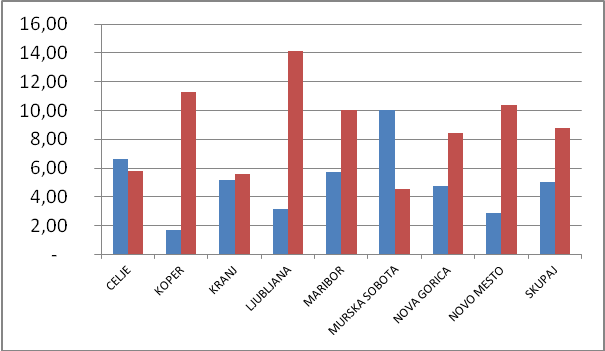
Graph nr. 2 – Average of drug related crimes (blue), offences (red) and combined data (green) per 1000 inhabitants 2003-2010. (Source – Ministry for internal affairs – Police)
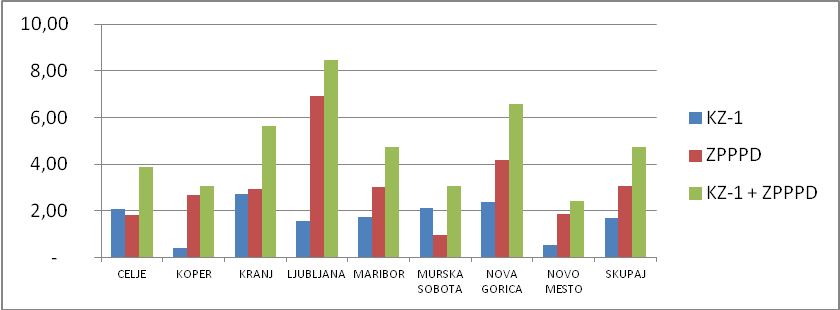
Graph nr. 3 – Average of drug related crimes and offences per policeman 2003-2010 (Source – Ministry for internal affairs – Police)
It is evident from graph nr. 4 that the police department Murska Sobota is artificially increasing the success of investigation of drug related crimes.

Graph nr. 4 – Number of crimes and offences in police department Murska Sobota 2002-2011 (Source – Ministry for internal affairs – Police)
It is also evident from graph nr. 4 that the police department Murska Sobota has on the one hand no record on drug related offences and on the other the highest rates of drug related crimes in the year 2005. From 2008 onwards the drug related crimes rapidly decreased. The police department Murska Sobota has recorded only 34 crimes and 35 offences in the year 2011. But this isn’t compatible with the annual reports of the police department Murska Sobota, which has been claiming for years that drug related crimes are increasing. In 2010 the police department Murska Sobota even established a special group aimed to fight drug trafficking.
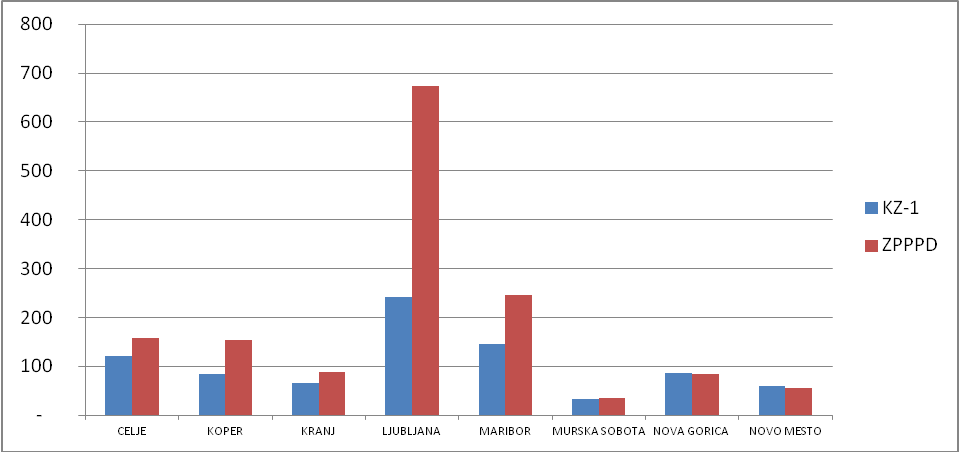
Graph nr. 5 – Number of drug related crimes (blue) and offences (red) in first half of 2011 (Source – Ministry for internal affairs – Police)
It is evident from graph nr. 5 that the number of drug related crimes recorded in the police department of Murska Sobota has also drastically decreased in the year 2011 (34), but additionally there are only a very few offences (35). But the police department Murska Sobota is still persisting on reinforced drug policy.
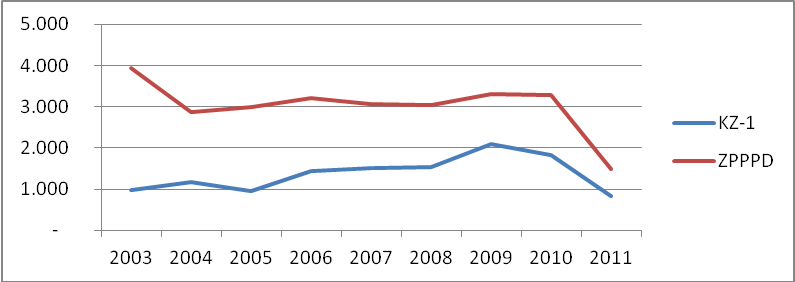
Graph nr. 6 – Number of drug related crimes (blue) and offences (red) in Slovenia 2003-2011 (Source – Ministry for internal affairs – Police)
It is evident from graph nr.6 that the ratio between drug related crimes and offences in Slovenia is relatively stable and real.
But we should not forget that Slovenia each year spends 300.000.000 € on criminalizing citizens because of the use of cannabis. This amount includes police, prosecution, courts, experts, witnesses, defenders, informants, helicopters, etc.
Report from the Encod secretariat
In september we published the call for Encod members to apply to the Encod Action Fund for small projects, Seeds for Drug Peace, and issued flyers for the Cannabis Social Clubs campaign in English, French and German.
We were present at the first International Cannabis Social Forum held in connection to the Expo Grow Hemp Fair in Irun (Spain), attended by representatives of Cannabis Clubs in the USA, France, Belgium and Spain that organise the cannabis market in a transparent way. Next step in the CSC campaign will be the events in Ljubljana, Slovenia on 7/8 November and the Cannafest Fair in Prague, Czech Republic on 9-11 November.
The Steering Committee met two times through Skype. In the coming weeks a set of guidelines will be elaborated for Encod representatives to the EU Civil Society Forum. The basic ingredients will reflect the need to increase the transparency of the CSF and its members (referring to standards for NGO’s), the participation of members in the organisation of its meetings and the need to create room for discussing alternatives to prohibition.
In the coming month the SC hopes to elaborate a definitive version of the advocacy letters that were approved during the last General Assembly, and which can be used by Encod members to contact their authorities. Likewise a start will be made with campaign activities around the election of a new European Parliament in June 2014.
By Joep Oomen


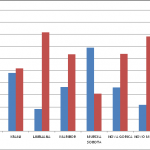

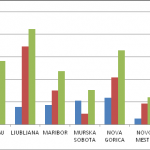
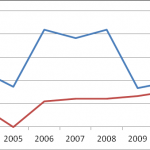
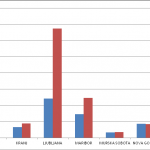
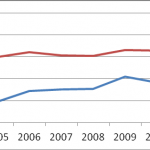

 Creative Commons Attribution
Creative Commons Attribution